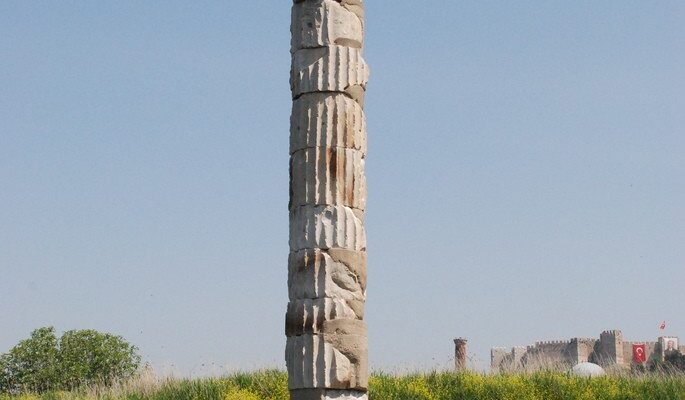Temple of Artemis in Ephesus
Legends of the Temple of Artemis, a magnificent architectural structure of antiquity, have stirred the imagination of travelers to Asia Minor for more than a millennium. It was in this land, better known to us as Anatolia and belonging today to the Republic of Turkey, that the monumental sanctuary dedicated to the Greek goddess Artemis was located. The grandiose marble temple, which has the fame of being one of the seven wonders of the ancient world, has experienced more than one dramatic event over the centuries of its existence, and, unfortunately, has hardly survived to this day.
.
Today, the attraction called “Temple of Artemis” is just a ruin and one of the stops on the excursion routes around the ancient city of Ephesus. Many travelers vacationing in Turkey are eager to visit the Temple of Artemis of Ephesus.

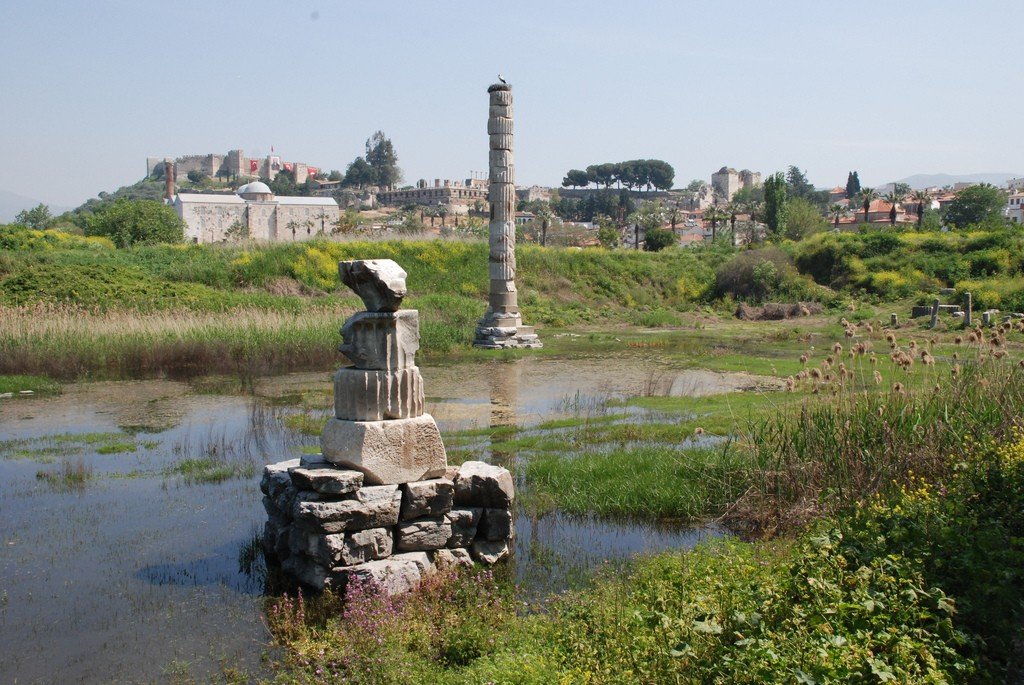
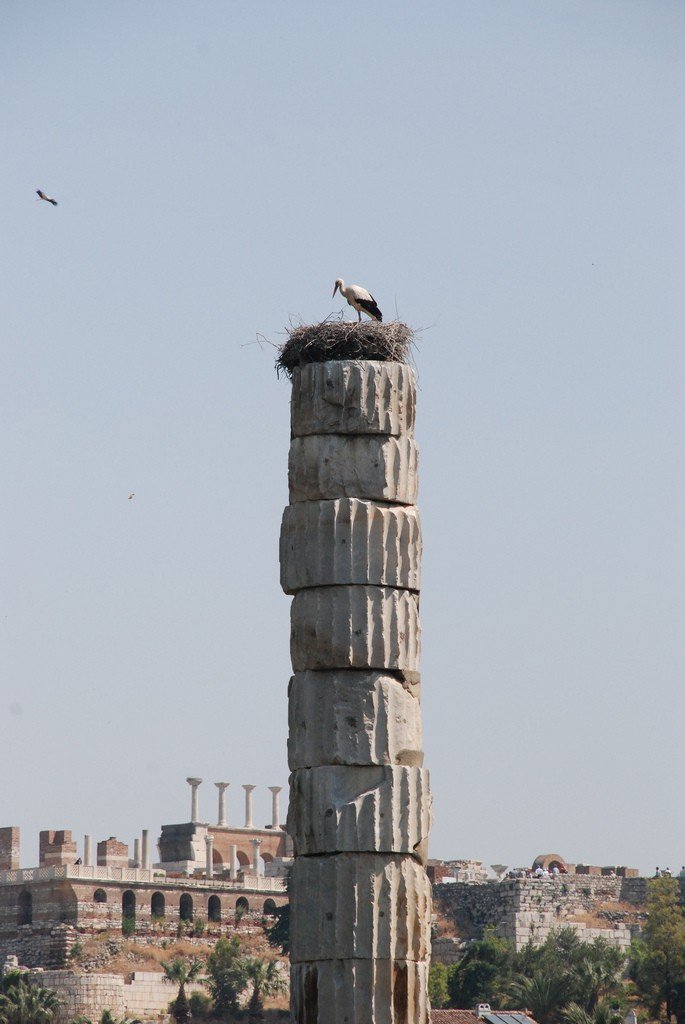
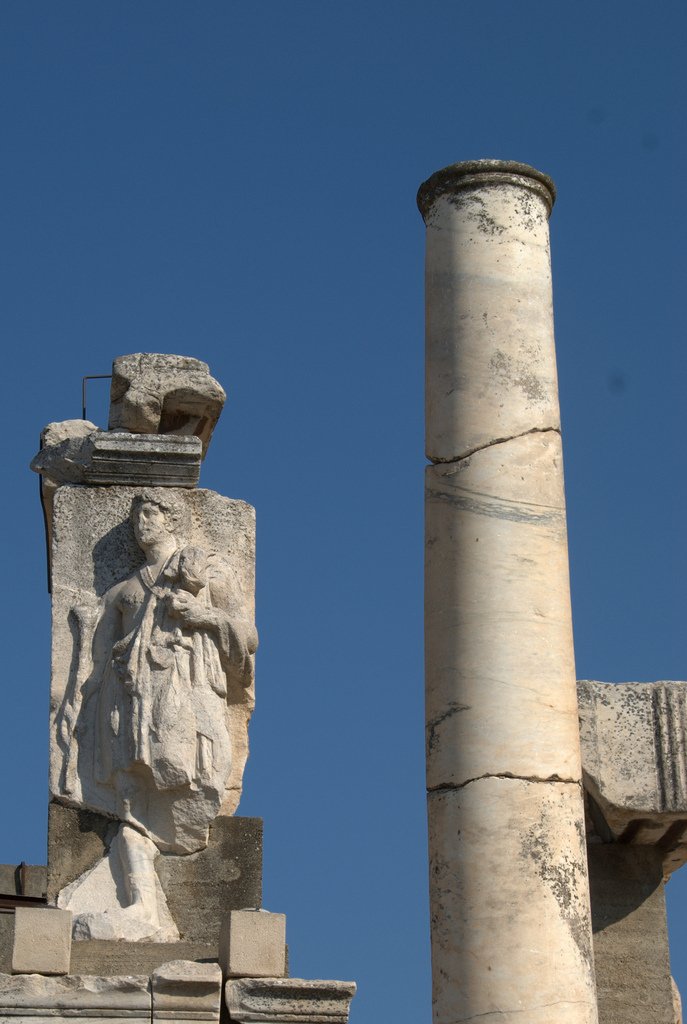
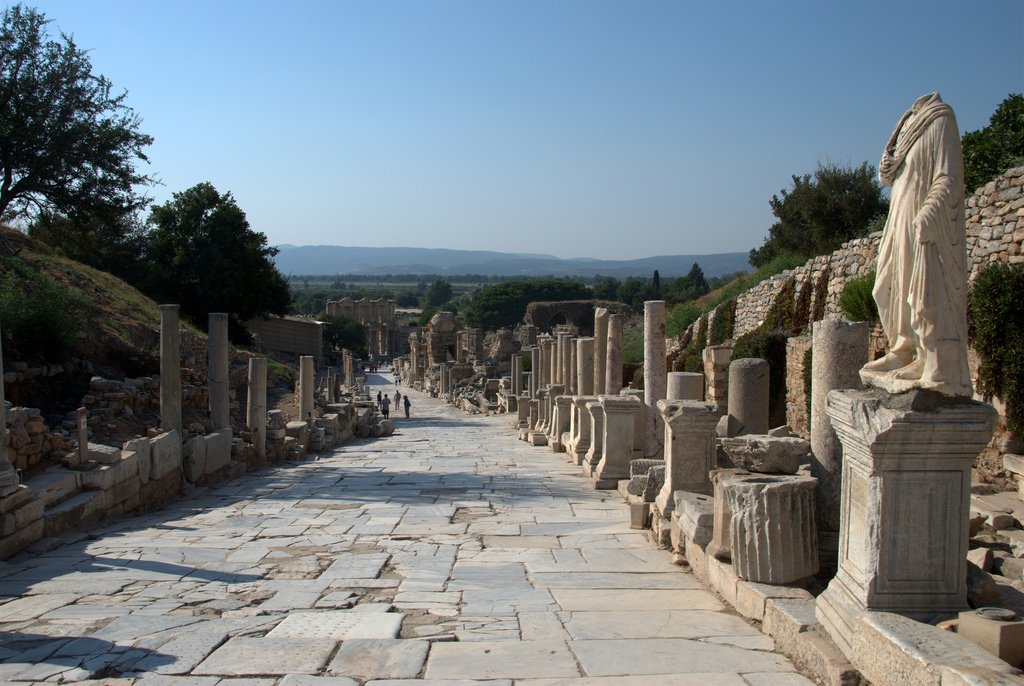
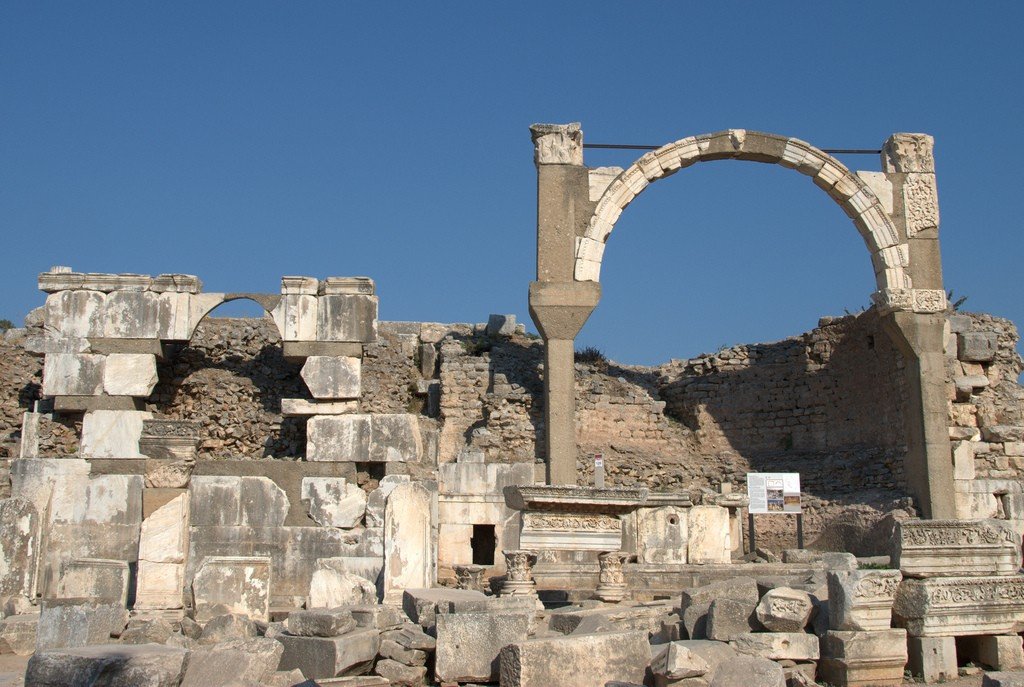
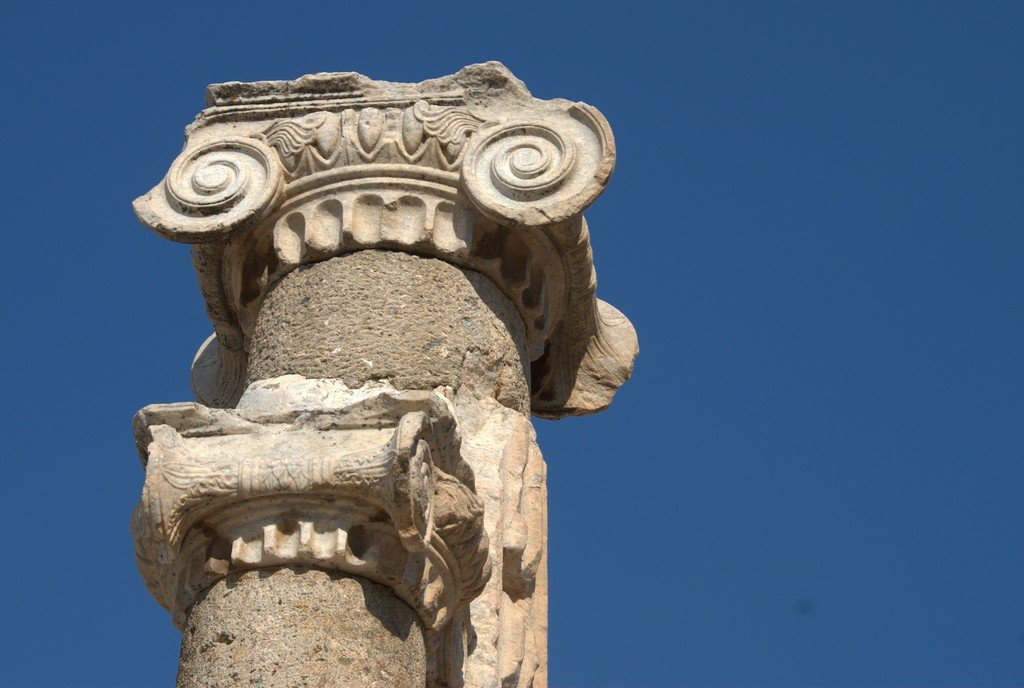
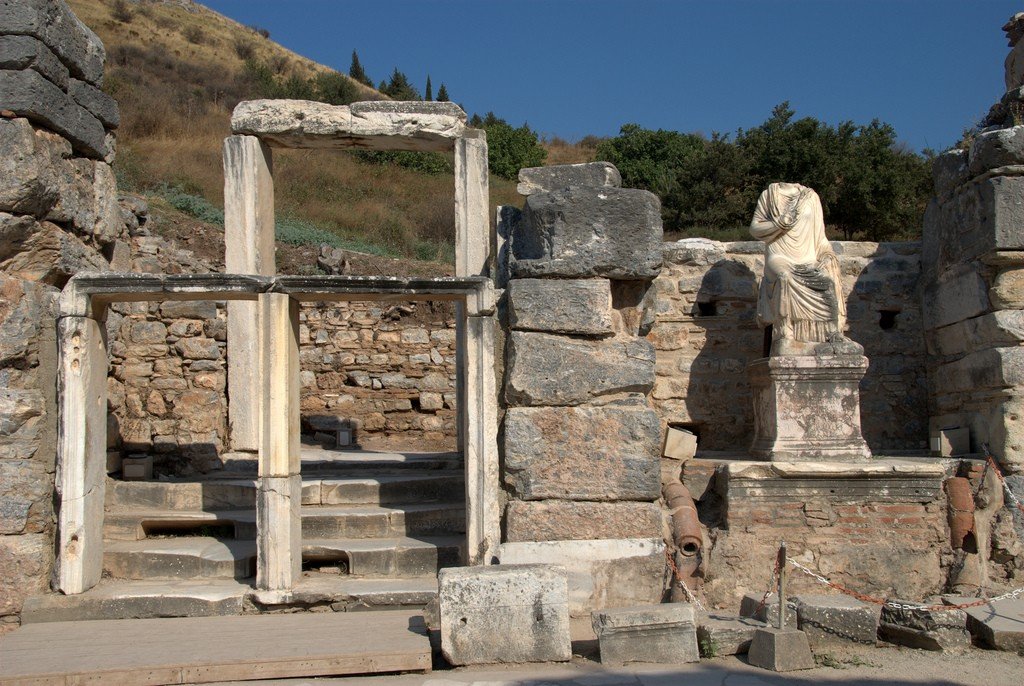
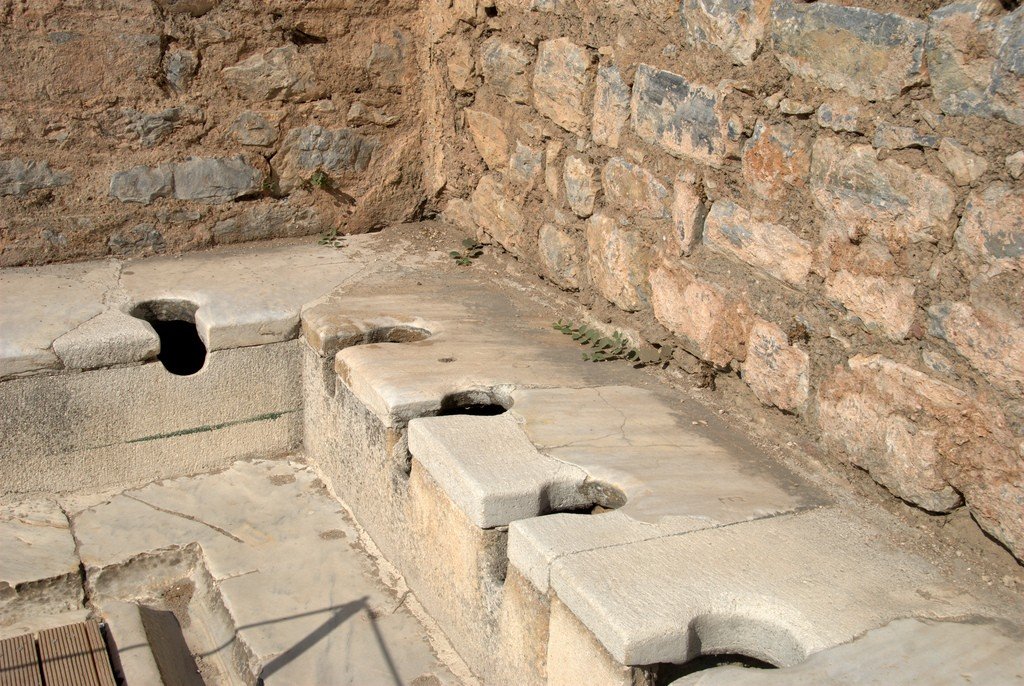
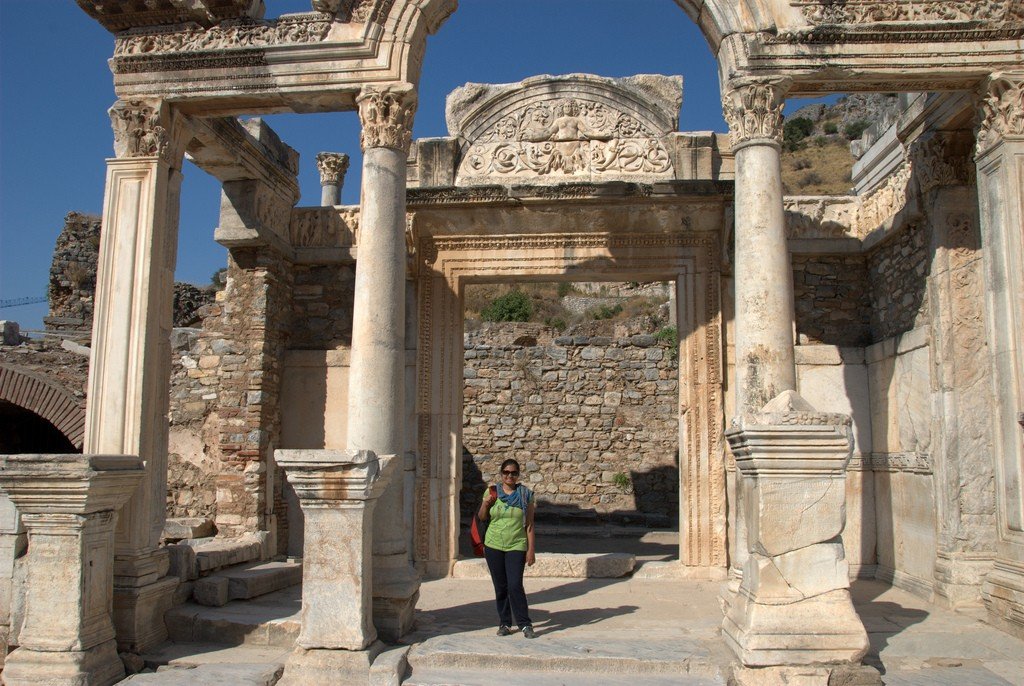
From the depths of centuries to the present day
The image of Artemis (in the ancient Greek pantheon – the goddess of hunting, also personified the moon), here in Asia Minor merged with the ideas of the pre-Hellenic population of the even more ancient Carian goddess of fertility and fecundity, which, incidentally, was also the patroness of the Amazons.
.A cult building dedicated to Artemis existed in Ephesus since time immemorial. In any case, the oldest relics that belonged to the sanctuary date back to the 8th century B.C. Today they are in the British Museum. Presumably, the first temple of Artemis was destroyed by the Cimmerians.
.Between 550 and 460 B.C., at a time when Ephesus was at an unprecedented height, a new temple was built, representing at the time the grandest structure ever erected in marble. The Ephesians, determined to honor Artemis with a sanctuary superior in its beauty to all other religious buildings known at that time, commissioned the construction of the temple to the renowned architect Kheirsiphron from Knossos.
.
The architect chose a swampy lowland on the outskirts of Ephesus, near the mouth of the river Kaisstr. This choice was due to the fact that earthquakes often occurred in this area, and on the springy marshy ground the ground vibrations would be less destructive. To negate even the smallest risk of damage to the temple by earthquakes, Hersifron ordered to dig a deep pit and pour into it a mixture of charcoal and cotton, and already on this basis, designed to dampen earth tremors, set the foundation of the grandiose sanctuary.
.The construction of the Temple of Artemis lasted 120 years. It involved all the cities and states of Asia Minor. Say, the Lydian king Croesus, the same one whose riches entered the proverb, sent marble columns decorated with relief images of the gods, as evidenced by two inscriptions on the surviving bases of the columns. When, finally, the construction of the temple was completed, it caused surprise and delight to all who had the opportunity to admire the majestic and at the same time graceful marble construction. The facades were decorated with sculptures and bas-reliefs created by the famous masters of those times.
.
But stood that Artemision not more than a hundred years. In the summer of 356 BC city madman named Herostratus, eager to glorify his name, set fire to the temple. There is no reliable data on how he managed to do it, but it is known that the fire rapidly engulfed the ceiling, made of precious Lebanese cedar, and soon the sanctuary turned into a mountain of red-hot stone.
.
According to legend, it was on the night of the temple’s burning that the Macedonian queen Olympias gave birth to a boy who was destined to become the ruler of the ancient world. The happy father, King Philip, named his son Alexander.
.
When 23 years later Alexander the Great, already sanctified by the glory of the great conqueror, came to the walls of Ephesus, work on the restoration of the sanctuary of Artemis was in full swing. Hellenes-Ephesians friendly met Alexander, and the king decided to thank the new allies significant monetary donations for the restoration of Artemision. In this case, the commander wished that in the temple installed a marble stele, on which would be recorded his great deeds. However, in the eyes of Ephesians Macedonian Alexander remained a barbarian, that is, a man whose native language was not Greek. And to glorify a barbarian in a Greek temple was unacceptable..In order not to anger the powerful king with a direct refusal, the Ephesians resorted to a diplomatic trick: they proclaimed Alexander equal to the god. This enabled the priests of Artemis to point out to the king that it was not acceptable for the god to erect temples to other gods, so that Artemision was completed without the participation of the king of Macedonia.
.The work was headed by the architect Kheirokrates. As a basis, he took the project of his predecessors, but made the temple taller.
Artemision, erected according to the plan of Heirokrates, occupied a huge area – 110 by 55 meters. According to the Roman scholar Pliny the Elder, the temple was surrounded by 127 marble columns. Their height reached 18 meters. This is approximately the roof level of a modern six-story building.
.In the temple, built of snow-white marble slabs, stood a 15-meter statue of the goddess, created from precious wood, ivory and gold. For a long time it was unknown what kind of appearance it actually had, until in the 50s of the last century was not found a gold antique coin with the image of the temple statue of Artemis of Ephesus, and eventually archaeologists were found and a small copy of the statue.
.
Many prominent Greek artists and sculptors adorned Artemision with their creations. The celebrated Athenian sculptor Praxiteles created bas-reliefs on the friezes. Another famous master, Skopas, made marvelous carvings of columns. A special place was occupied by paintings belonging to the brush of Apelles, an outstanding painter who was from Ephesus. Artemisium was thus one of the largest and most celebrated museums of antiquity. Its picture gallery was no less famous than the collection of paintings in the propylaea of the Acropolis of Athens.
.
However, it was not only paintings and sculptures that were kept in the Ephesian temple. The sanctuary has long been a treasury and a bank as well. Not only private individuals, but also states entrusted their money, gold, and precious jewelry to the Temple of Artemis for preservation..
The Greek general Xenophontus, who became more famous for his historical works, mentions that, going on a campaign, he left a large sum of money here. While he was away, the priests had the right to freely dispose of the money, and in case of the death of the depositor – everything was left to the temple. Military luck did not turn away from Xenophontes, he returned with victory, and as a token of gratitude built a small temple of Artemis in Greece on the saved money, which was an exact copy of the Ephesian.
Much later, in the second century AD, when Ephesus became the capital of the Roman province of Asia, the temple of Artemis did not lose its importance or its wealth. The Romans recognized it as “the treasury of Asia”. Here is what the Roman writer Dion Chrysostomus reports about it: “In the treasury of the temple of Artemis in Ephesus is invested a lot of money, not only of Ephesians, but also of foreigners, as well as money that belongs to other cities and kings. They keep the money here for safety,” the writer continues, “because no one would ever dare to desecrate or ruin this sacred place, although there have been numerous wars during which Ephesus has been repeatedly taken.”
.To this we should add that under both the Greeks and the Romans the sanctuary of Artemis possessed the sacred right of refuge and protection. Within the temple no one dared apprehend either a state criminal or a slave who had escaped from a cruel master, for they were under the protection of Artemis.
The fame of the beauty and treasures of Artemision traveled throughout the ancient world. And this fame attracted hordes of Gothic tribes here in 263 AD. By that time, the Roman Empire had lost its former power, and was no longer able to defend its borders and provinces. The Goths captured Ephesus, and sacked the famous sanctuary.
.
Soon Christianity came to Asia Minor. The cult of Artemis was replaced by the worship of the Virgin Mary, and the ruined sanctuary of the goddess was perceived by Christians only as a kapist of a pagan idol. The viceroys of Byzantine emperors allowed citizens to take in the ruins of Artemision marble slabs for the construction of their houses, as if from a quarry. A church was also built from the rubble of a Hellenic temple. A small Byzantine chapel still stands here today. By the way, when Constantinople built the Cathedral of St. Sophia (VI century.), it was decorated with columns of ancient temples, which were collected throughout the empire. There are also a few columns in the cathedral that once decorated the Artemisium..
Deprived of access to the sea once, a flourishing city quickly fell into disrepair, and when the Turks captured Ephesus in 1426, before them appeared only ruins. The conquerors did not rebuild Ephesus, but built the town of Selcuk in the valley, using the marble of the ancient ruins as building material. Now the swamp that swallowed the remains of the Temple of Artemis is on the outskirts of this provincial Turkish city.
.
The only reminder of the once magnificent temple of Artemis is a lonely Ionic column piled up in the 19th century from rubble in the middle of the reeds. Until then, no one could indicate where exactly was the legendary wonder of the world. Confirmation of the exact location of the temple of Artemis history owes the English architect and engineer John Tertle Wood, an employee of the British Museum. His survey work he began in 1863, and they lasted several years.
.
The key to unraveling the location of the temple was an inscription found during the excavation of the ancient theater in Ephesus. It stated that the Temple of Artemis of Ephesus lay in the direction of the Sacred Road, directly to the north. John Wood managed to pump out the swamp water, and at a depth of over six meters, the foundations of the temple were found, and beneath them, traces of the sanctuary burned by Herostratus.
.Excursions to the Temple of Artemis
The historical site where the Temple of Artemis once impressed people with its grandeur is located within the town of Selcuk, 700 meters from the bus station and 20 km from the popular resort of Kusadasi.
.From Kusadasi to Selcuk, it is better to take a dolmus (Turkish marshrutka). It is more convenient than taking a bus and cheaper than taking a cab (about 5 Turkish Lira).
.
Visiting the attraction itself is free.
.Alternatively, the site can be explored by taking a bus tour to Ephesus from any resort town in Turkey. The ancient city itself, thanks to restoration work, is getting better from year to year, and the object called “Temple of Artemis” is included in the traditional list of historical sights on the popular tourist route. A quarter of an hour is enough to see it, but certainly this historic site is worthy of a visit.
If you are lucky, you will see here a touching and symbolic action: from time to time here comes some of the neighboring boys, and sitting on the shore of the swamp that swallowed the ruins of one of the Seven Wonders of the Ancient World, diligently brings out the notes of the national Turkish melodies on a simple melodeon. This paradoxical scene is a kind of epitaph to the ancient era, and it really makes an impression. The musician, in turn, rightly expects a generous reward.
.